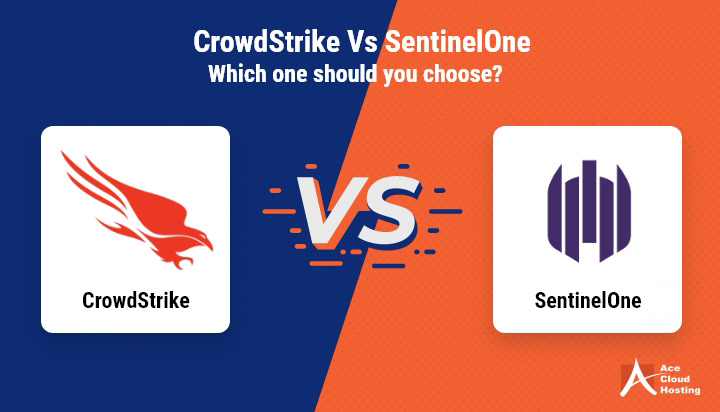In today's digital landscape, organizations are constantly at risk of cyberattacks, making cybersecurity an absolute necessity. Two leading names in the cybersecurity industry, CrowdStrike® and SentinelOne, stand out as formidable options for protecting businesses against evolving threats.
In this article, we will compare and contrast CrowdStrike® and SentinelOne to help you make an informed decision when choosing a cybersecurity solution for your organization.
CrowdStrike®: The Endpoint Security Pioneer
CrowdStrike® is synonymous with cutting-edge endpoint security solutions. Here are some of the key factors that distinguish CrowdStrike®:
Falcon Platform: CrowdStrike®'s flagship Falcon platform is a cloud-native endpoint protection system. It offers real-time visibility across an organization's endpoints, enabling rapid threat detection and response. The cloud-based architecture ensures scalability and seamless updates.
AI-Driven Threat Detection: CrowdStrike® employs artificial intelligence (AI) and machine learning (ML) to identify and mitigate threats. Its threat graph technology analyzes vast datasets to detect even the most sophisticated attacks.
Rapid Response: CrowdStrike® is renowned for its ability to thwart breaches swiftly. Its real-time response capabilities reduce the dwell time of attackers, minimizing potential damage.
Incident Response Services: In addition to its platform, CrowdStrike® provides expert incident response services. Its team of specialists assists in investigating and remediating security incidents.
SentinelOne: The Autonomous Endpoint Security Innovator
SentinelOne, a rising star in the cybersecurity realm, has made a significant impact with its autonomous endpoint security platform. Here's why SentinelOne deserves consideration:
Single Agent, Multi-Layered Protection: SentinelOne offers a single agent for endpoint security, combining multiple layers of protection, including antivirus, EDR (Endpoint Detection and Response), and EPP (Endpoint Protection Platform). This simplifies management and reduces resource overhead.
Behavior-Based AI: SentinelOne utilizes behavior-based AI to detect and block threats. It constantly monitors endpoint activities, identifying any deviations from normal behavior patterns.
Automated Threat Remediation: One of SentinelOne's strengths lies in its ability to autonomously respond to threats. It can quarantine and remediate malicious files and processes without human intervention.
Customizable Policies: Organizations can tailor SentinelOne's policies to fit their specific security requirements, giving them granular control over protection settings.
Choosing the Right Solution
The decision between CrowdStrike® and SentinelOne hinges on your organization's unique needs. Here are some considerations to guide your choice:
Endpoint Security vs. Autonomous Security: CrowdStrike® excels in endpoint security, whereas SentinelOne offers autonomous endpoint security with a single agent. Choose based on your preference for a multi-layered approach or a more streamlined solution.
AI Approach: Both companies employ AI, but the specifics of their AI-driven features differ. Evaluate which AI capabilities align more closely with your organization's objectives.
Incident Response vs. Autonomous Remediation: If comprehensive incident response services are a priority, CrowdStrike® has dedicated experts. On the other hand, SentinelOne offers autonomous threat remediation capabilities.
Management Complexity: Consider the complexity of managing your cybersecurity solution. SentinelOne's single-agent approach can simplify management, while CrowdStrike® offers a broader range of services.
Conclusion
CrowdStrike® and SentinelOne are two formidable players in the cybersecurity arena, each offering innovative solutions to protect organizations against cyber threats. To make an informed choice, assess your organization's specific requirements, taking into account factors like endpoint security preferences, AI capabilities, incident response needs, and management complexity. Both companies have established themselves as reliable options in the cybersecurity space, and your decision should align with the cybersecurity strategy that best fits your organization's goals and resources.


No hay comentarios:
Publicar un comentario